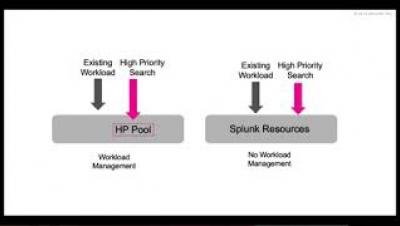Operations | Monitoring | ITSM | DevOps | Cloud
Analytics
Pokemon - Next Generation SOC From Theory to Practice
A Tale of Two Realities: Do Your Execs Know What It Takes to Manage ELK?
We’ve all experienced it – executives with unrealistic expectations who vastly underestimate the amount of time our work can take. Most of us assume that to be the exception and not the norm. But when it comes to monitoring and troubleshooting, that seems to be the all too commonplace.
High Priority Search Execution with Splunk Workload Management
The 5 Whys: Why Use Monitoring at All?
Customers today are faced with a wide variety of industry terminology: APM, IOTA, BPM, OI, BAM and AIOps, just to name a few. Using different terminology like this might help large vendors expand their market size with different positioning offerings, but it certainly doesn’t help their customers understand what they’re getting. Companies spend tens of millions of dollars to solve their problems with the wrong solutions and struggle to get value from it.
Glitch List: September 2019
It may be back-to-school month, but the glitches never went on summer vacation! Check out the glitches that occurred since our last report…
Demand Forecasting Using Autonomous Forecast
Demand forecasting is the process of predicting future demand for a company’s products or services. Understanding how many customers will want to purchase or use something is critical for acquiring inventory, planning capacity, scheduling resources, producing products and managing the supply chain. How many people should you schedule for a work shift? How many widgets should you produce this quarter? When should you build additional capacity into your systems?
We Live in an Intelligence Economy - Illuminate 2019 recap
What a pleasure it was to see many of our customers at our Illuminate user conference, September 11-12. We had record attendance from customers, influencers, and partners. Our time was packed with keynotes, customer presentations (35 customer breakout sessions), certifications, sharing best practices, and time networking and having fun together.
Lighten Up! Easily Access & Analyze Your Dark Data
Jim Barksdale, former CEO of Netscape, once said “If we have data, let’s look at data. If all we have are opinions, let’s go with mine.” While Jim may have said this in jest, the exponential boom in data collection indicates that we increasingly prefer to rely on facts rather than conjecture when making business decisions. More data yields greater insights about customer preferences and experiences, internal processes, and security vulnerabilities — just to name a few.










